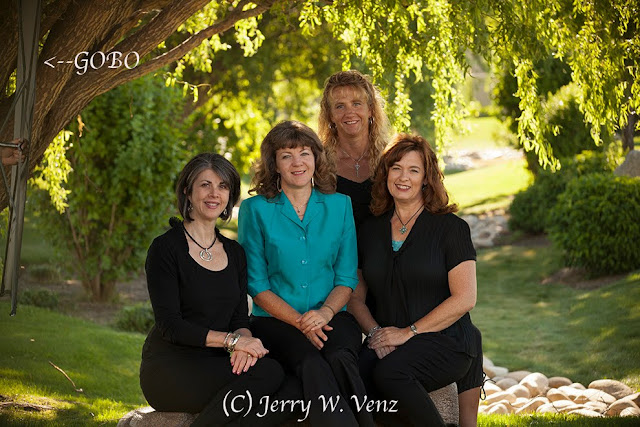When doing photography of three-dimensional subjects, in the studio, it’s our job as professionals to use lighting that does not destroy that three-dimensionality. That means we must avoid Flat Lighting in most situations. One of the few exceptions I’ve encountered is in small product photography but, by and large, shadows should be created by our lighting set-up otherwise we just aren’t doing our job. I learned this the hard way and after 10-years of doing it like most other studio photographers did I discovered that I was simply using Too Many Lights! I was doing the usual Five or Six Light set-up and it just ended-up flashing all of the drama out of my images! There were also Too Many Catch-Lights in my subjects eyes; it looked very unnatural. I learned that the offending culprit was using a studio Fill-Light; it flattened out my lighting ratio and created those secondary—ice pick like—catch lights in my subjects eyes. I, however, found that I couldn’t merely eliminate the fill light alone. It was demonstrated to me by Two Great photographers that I really respect, Will Crockett and Fred Hinegardner, that I also had to increase the Size of my Main Light significantly in order for the “wrapping effect” to eliminate the “need” of any type of fill.
So, I went from a typical 2 ft x 4 ft. Main Light to a 7-Foot OctoDome by Photoflex.
The results were stunning…
 |
| f13.0 @ 1/200 sec, ISO 200; Lens @ 70mm |
There are only TWO Lights on my ballerina—the Main and the Hair Light; there are two lights on the background and that’s it. I’m not even using a reflector.
Here’s my studio set-up for her…
 |
| Lighting Set-up |
As you can see my large main light is placed to the side--just far enough so we maintain light in her far eye--creating a nice shadow on her face. The two background lights have grids and cine-foil shades to keep their light off my subject and ONLY on the background.
Here’s the only other Light in my set-up…
 |
| Hair Light |
That 9”x24” strip light (also a soft box) does double duty here as the hair light and it puts highlights on her foot or hands when they’re above her head.
And Lighting from the opposite side…
 |
| Opposite side lighting |
I’ve got my main light on Wheels so it’s easy to move to either side of the set.
Other advantages using a Large Soft Box:
- Nice Large (round with mine) catchlights.
- In close to subject wrapping effect with very soft shadows.
- Pulled back (as shown) gives crisp details with pronounced shadows.
- Covers large subjects or groups with ease.
Note on First Photo in the Blog:
The Lighting set-up in all these images is exactly the same. For the first photo I created a nice soft look in post by merely using Negative Clarity and Reduced Saturation.
That’s it for this week…Don’t hesitate to ask questions…
Author: Jerry W. Venz, PPA Master Photographer, Craftsman
Training Site: http://www.LightAtTheEdge.com
Client Site: http://www.TheStorytellersUsa.com













